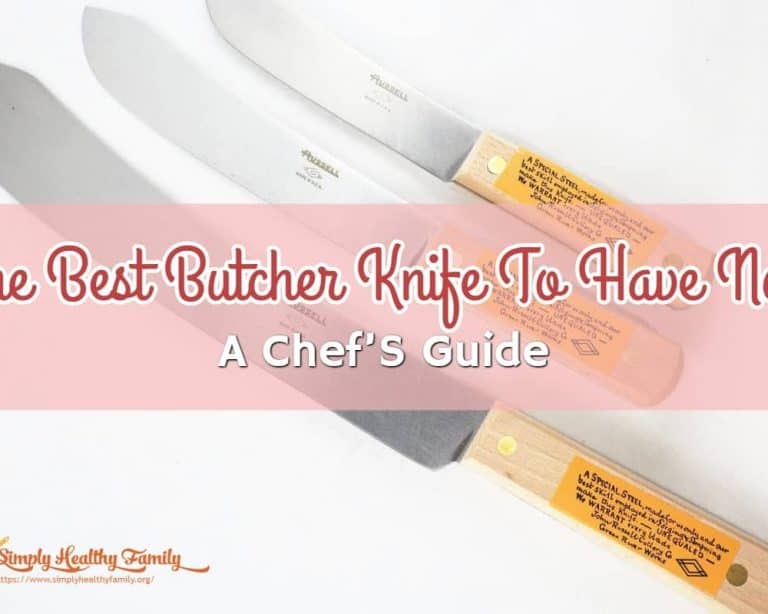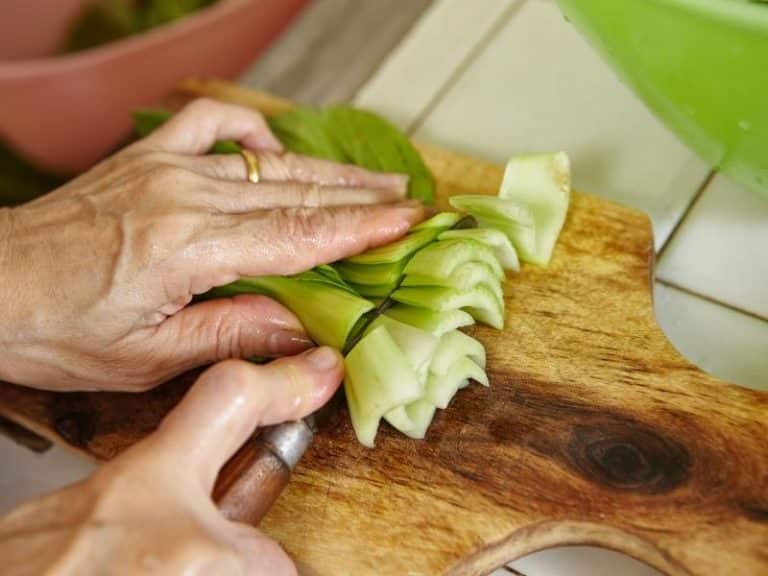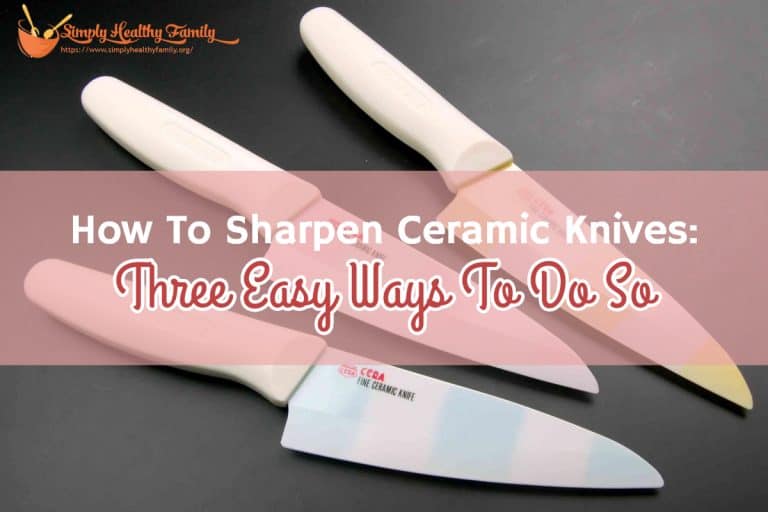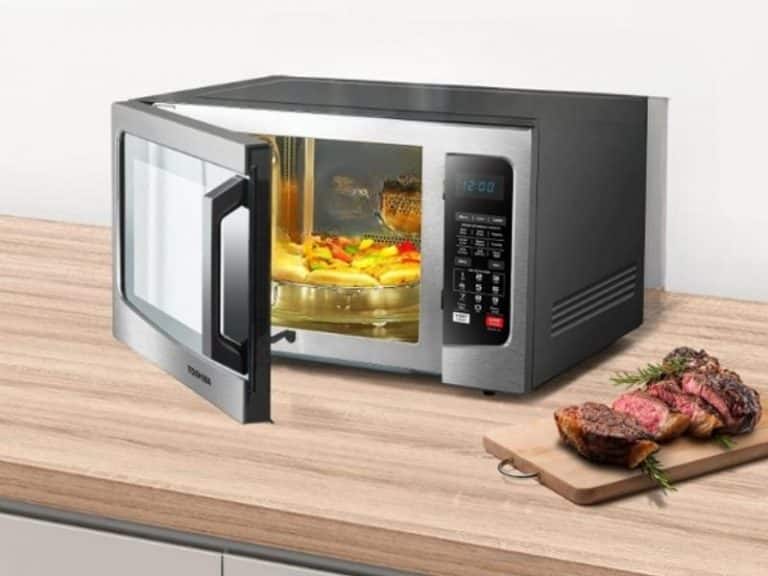Different Types of Knives – All You Need to Know About Kitchen Knives
Every person uses knives in the kitchen, but if you are enthusiastic about your cooking and you want to step up your performance in the kitchen, you should know more about different types of knives and when and how to use them.

If you want to dice precise, you have to own more than one kitchen knife as different food, and different cutting technics require different knives as well. Owning a right knife with a right blade will allow you to perfectly peel, dice, slice, mince, chiffonade, julienne, brunoise food and bone and pare the meat. Incredible what the knives can do, right?Most of the kitchens nowadays get along with just a couple of knives- chef’s knife and paring knife, but there are numerous other types of knives with different special talents- knowing them will allow you to use them at the right time and for the right purpose which will make you a better cook. You have probably seen them all in shops; you might even own some of them and wonder what they serve for. This is your chance to find out!
Different Types of Kitchen Knives

Different Types of Kitchen Knives
Chef’s knife
The king of the kitchen, this knife is multi-purpose kitchen knife typically eight to ten inches long, and one and a half inch wide. It features a blade which curves upward along its length and ends in a narrow point
Also referred to as the workhorse of the kitchen, it is mostly used for chopping, dicing, and slicing a variety of foods but can also be used for disjointing large meat cuts.
The blade of a chef’s knife is most often made of carbon or stainless steel, or a laminate of both metals. Modern versions are also made of ceramic.
There are two main types of this knife –French and German. The German-style knife is uninterruptedly and deeply curved along the whole cutting edge. The French-style knife features a straighter edge until the end when it curves up to the tip. There is also a Japanese Gyuto literally meaning ‘beef knife’ which is a version of a French chef’s knife.
The Santoku knife is also a Japanese style chef’s knife, but it is smaller, lighter and sharper and has a different blade shape.
Boning knife
As the name suggests, this knife is typically used for removing the bones of poultry, meat, and fish. It is five to six and a half inches long and features a sharp point and a very narrow blade.
For precise boning, these knives are usually thinner than other butcher’s knives. If you plan to bone beef and pork, you should choose a stiff boning knife. For boning fish and poultry, on the other hand, opt for flexible models.
Paring knife
Traditionally, this is a small, thin-bladed knife, intended for coring and paring (peeling) fruit such as pears or apples. It is also suitable for slicing small ingredient and detailed and controlled cutting.
It is easy to handle and features a straight, sharp blade three to five inches long and rounded on the cutting side.
A “tournée” knife or a “bird’s beak” is a type of paring knife which features a shorter blade, two to three inches long, and curved upward on both the cutting the top edge. It is commonly used to make a tournée cut in vegetables such as potatoes, carrots, or squash.
Butcher knife
Mostly used in the meat processing trade, this is a heavy-duty knife, commonly six to eight inches long. It features a broad, rigid blade that curves slightly at the tip.
Its primary use is to butcher or dress of animal carcasses or, more precisely, to split, strip and cut meat.
Carving knife
A carving knife is a particularly large knife, eight to fifteen inches long. It often has a blunt or rounded point, with a scalloped or granton blade for better separation of sliced cuts of meat.
A carving knife is much thinner at the spine than a chef’s knife, and thus able to carve thinner and precise slices. It is used for poultry, hams, roasts, and other cooked meats.
Cleaver
The cleaver is a large, typically rectangular knife, used for “cleaving” or splitting meat and bone. It is commonly used by chefs and butchers to cut big slices of meat and poultry. The cleaver used in the typical home is light-duty and 6 inches long while heavy cleavers with much thicker blades can be found in commercial use.
All cleavers feature a blade that is thick from the spine to near the edge which is sharply beveled. Its bevel is characteristically convex.
Cleavers cut with a swift stroke without cracking or bending the blade and usually have a hole for hanging them on a rack.
A “lobster splitter” is a type of light-duty cleaver mostly used for shellfish and fowl.
The Chinese chef’s knife or a “Chinese cleaver,” resembles the western cleaver due to the rectangular blade, but is not suitable for cleaving as it features a thin blade designed for slicing.
Electric knife
The electric knife(electric carving knife) is an electrical kitchen appliance designed for slicing foods. It requires less physical effort and produces neater slices.
Electric knife consists of two serrated blades clipped together which continuously move lengthways to provide the sawing action when you switch it on.
Although not as popular as they once were, they are still on the market. The newest versions are cordless.
Rocker knife
Rocker knife is a special type of knife with a rounded blade. It cuts with a rocking motion and can be used with only one hand.
For this reason, it is mostly utilized by people with certain disabilities who have functional use of only one extremity.
Table knife
A table knife is a piece of cutlery which is a part of a table setting. It has a single cutting edge and a blunt end.
Typically, table knives are not very sharp as they are meant to cut only prepared and cooked food.
Sushi knife
Traditionally, sushi knife is honed on one side and serves for preparing this Japanese specialty. Western-style Japanese sushi knife is typically honed on both sides (double-edged) and represents a western knife design with a Japanese influence.
Steak knife
A steak knife, as the name suggests, is used for cutting steak. It is a sharp table knife which usually features serrated blade and wooden handle.
Oyster knife
An oyster knife is designed to shuck oysters. It is dull and features a short-blade, with a flat and pointed tip able to pierce the tightly-closed hinge of an oyster shell. The tip is also rounded to avoid cutting into the oyster’s flesh, but can nevertheless be dangerous.
Tomato knife
Tomato knives are small serrated kitchen knives produced to slice through tomatoes efficiently. The serrated edge permits it to pierce the tomatoes’ skin without crushing the flesh even when dull- fast and with minimal pressure.
Most of the tomato knives also feature forked tips to lift and move the previously cut.
Bread knife
Once again the name says it all- these serrated knives are used for cutting bread without crushing it. They are commonly between six and ten inches long.
Their sharp edge that features saw-like notches or teeth is ideal for slicing through food that is hard on the outside and soft on the inside.
All serrated-edged knives are difficult to sharpen, and it is usually easier to purchase a new knife rather than to try sharpening a dull serrated blade on the old one.





